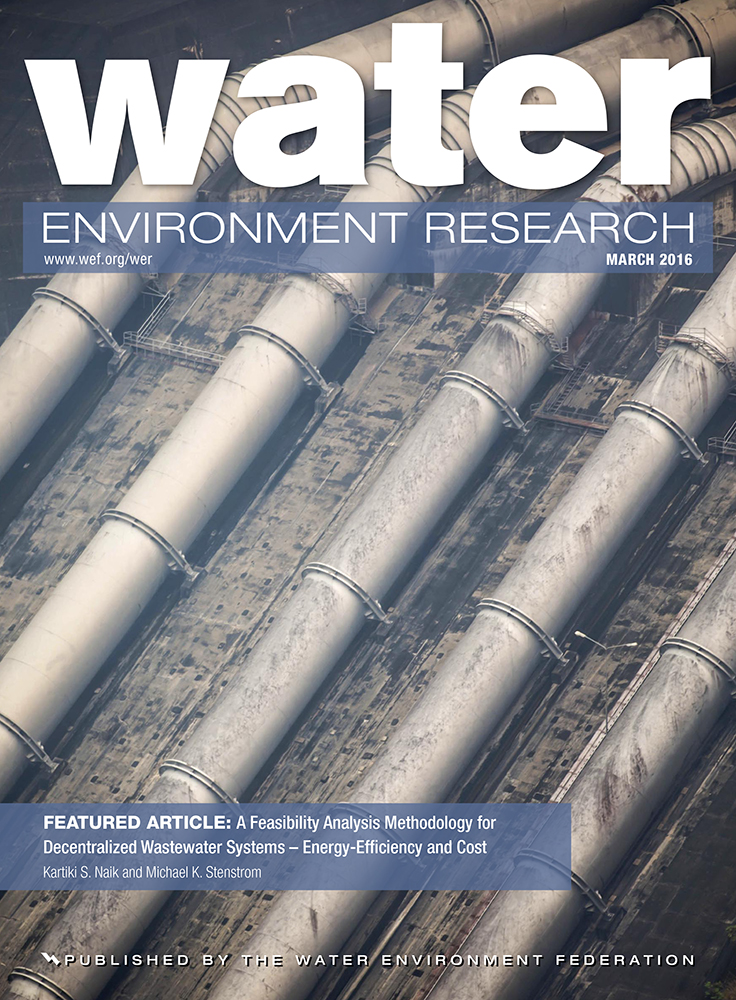Treatment of Pulp Mill D-Stage Bleaching Effluent Using a Pilot-Scale Electrocoagulation System
ABSTRACT:
A pilot-scale study was conducted using electrocoagulation technology to treat chlorine dioxide bleaching-stage effluent of a local pulp mill, with the purpose of evaluating the treatment performance. The operating variables were the current density (0 ~ 133.3 A/m2) and hydraulic retention time (HRT, 6.5 ~ 16.25 minutes). Water quality indicators investigated were the conductivity, suspended solids (SS), chemical oxygen demand (COD), true color, and hardness. The results showed that electrocoagulation technology can be used to treat D-stage bleaching effluent for water reuse. Under the operating conditions studied, the removal of conductivity and COD always increased with increases in either the current density or HRT. The highest removals obtained at 133.3 A/m2 and an HRT of 16.25 minutes for conductivity, SS, COD, true color, and hardness were respectively 44.2, 98.5, 75.0, 85.9, and 36.9% with aluminum electrodes. Iron electrodes were not applicable to the D-stage effluent due to formation of dark-colored ferric complexes.




